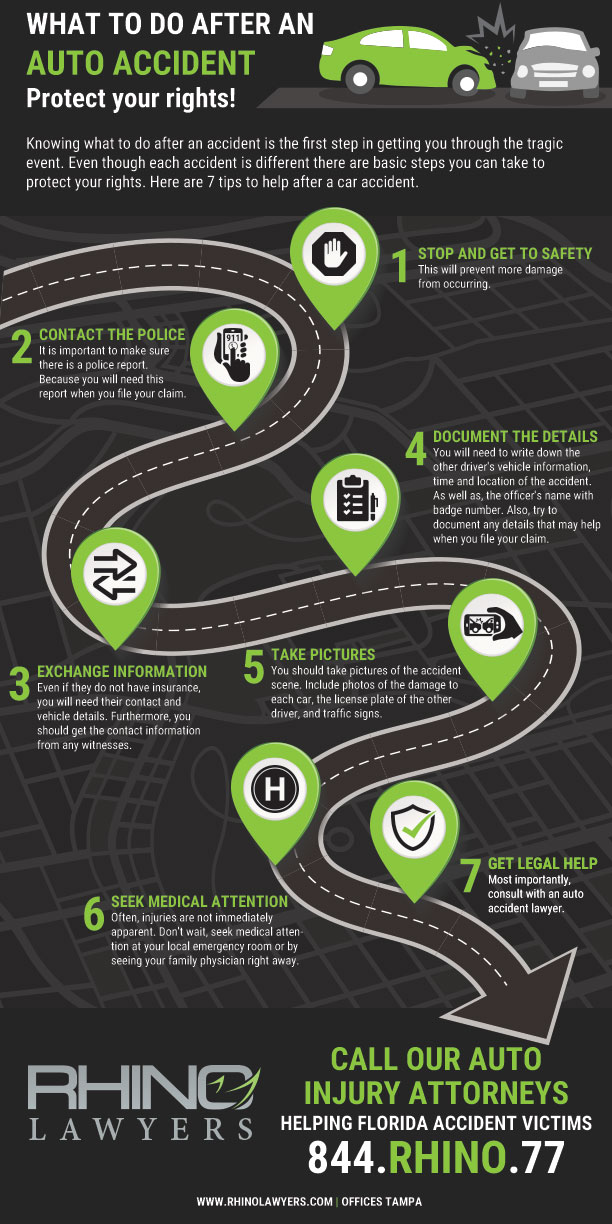Did you know that Florida leads the nation in bicycle fatalities? According to News4Jax, the state averages 18 bicycle crashes daily. This alarming statistic underscores the critical need for drivers to adopt safer practices to protect cyclists. By enhancing driving habits, we can significantly reduce the risk of and avoid a bicycle accident, ensuring safer roads for everyone.
Today, we’re taking a closer look into essential strategies that drivers can implement to prevent bicycle crashes in Florida, promoting a safer driving environment for all road users.
Understanding Florida’s Unique Bicycle Laws and Road Challenges
Florida has one of the highest rates of bicycle traffic in the country, which makes understanding its laws and challenges critical for drivers. Cyclists have the same rights to the road as vehicles, but their vulnerability means extra care is needed.
There are three primary points to consider:
- Florida’s laws protecting cyclists
- Common road challenges
- The importance of respecting shared road spaces
Florida’s Laws Protecting Cyclists
Florida requires drivers to give cyclists at least three feet of space when passing. The law helps prevent side-swipe accidents, which are a significant cause of injury. Cyclists are also entitled to use the full lane if necessary, especially when conditions are unsafe for riding close to the curb.
Common Road Challenges
Florida’s roads often present obstacles for both drivers and cyclists. Narrow streets in urban areas leave little room for passing safely. Tourists unfamiliar with local traffic patterns can add unpredictability, particularly in popular areas like Orlando or Clearwater Beach.
Respecting Shared Road Spaces
Drivers should treat bike lanes as protected areas and avoid using them for parking or passing. At intersections, be vigilant for cyclists crossing or turning, as they can be harder to see compared to vehicles.
Staying Aware of Cyclists on the Road
Drivers share the road with a wide range of users, and staying alert to cyclists is one of the most effective ways to prevent collisions. Cyclists are more vulnerable than vehicles, making it essential for drivers to remain attentive and take proactive steps to ensure safety. Three key aspects of staying aware are:
- Scanning for cyclists
- Addressing blind spots
- Using mirrors and shoulder checks
Avoiding Cyclist Collisions by Scanning
Cyclists can appear in unexpected places, so scanning your surroundings is a habit every driver should develop. Pay close attention in residential areas, near schools, and at intersections where cyclists are more likely to ride. Many bike lanes are positioned alongside traffic, making it important to check them regularly for approaching cyclists before turning or merging.
Addressing Blind Spots
Blind spots are a significant factor in vehicle-bicycle collisions. Cyclists are often difficult to spot because of their smaller size compared to other vehicles.
Before changing lanes or making a turn, drivers should take extra care to check their mirrors and blind spots. Right turns are especially risky if a cyclist is riding on the right-hand side, so double-checking this area is always a good idea.
Using Mirrors and Shoulder Checks
While mirrors provide a broader view, they can still miss objects in specific areas. Shoulder checks help fill in those gaps, ensuring you don’t overlook cyclists nearby. A quick glance over your shoulder can make a big difference in avoiding accidents, particularly when entering or exiting intersections.
Adopting Safe Passing Practices to Avoid a Bicycle Accident
Passing cyclists safely is one of the most important aspects of sharing the road. Cyclists are vulnerable, and careless passing can lead to severe accidents. To pass responsibly, drivers need to focus on three key practices:
- Maintaining proper distance
- Reducing speed
- Staying patient in difficult situations
Maintaining Proper Distance
Florida law requires drivers to leave at least three feet of space when passing a cyclist. The distance is essential to avoid side-swipe accidents, which are one of the most common types of bicycle crashes.
Cyclists often need to swerve slightly to avoid road hazards, so giving them extra space helps account for any unexpected movement. Drivers should stay in their lane until it’s safe to provide this distance, even if it means waiting for a clear opportunity to pass.
Reducing Speed
Slowing down when passing a cyclist is not just considerate, it’s safer. Passing at high speeds can create wind drafts that destabilize a cyclist.
Lower speeds allow drivers more time to react if the cyclist makes a sudden movement. It also makes it easier to maneuver back into the lane without causing unnecessary risks.
Staying Patient in Difficult Situations
There are times when passing isn’t immediately possible, such as on narrow roads or in heavy traffic. In these situations, patience is essential.
Drivers should avoid honking or rushing the cyclist, as this could startle them and lead to accidents. Waiting for a safe moment to pass shows respect for the cyclist’s safety and prevents unnecessary risks.
Driving Safety in Florida: Education and Awareness
Education and awareness are essential for creating safer roads for cyclists and drivers alike. Understanding how cyclists navigate shared spaces and knowing how to adjust your driving habits can significantly reduce the likelihood of accidents. Drivers who take the time to educate themselves on road-sharing practices contribute to a safer traffic environment.
One way to build awareness is by familiarizing yourself with the basic rights and responsibilities of cyclists. This includes recognizing their need to use the full lane when necessary and understanding the importance of bike lanes. Knowing these basics helps drivers anticipate cyclist behavior and respond appropriately.
Awareness campaigns and safety initiatives also play an important role. Florida often hosts programs designed to promote better interaction between drivers and cyclists. Participating in or learning from these efforts can improve how drivers approach shared road spaces.
Florida Traffic Safety Tips
Avoiding a bicycle accident requires drivers to stay alert, respect cyclists, and adapt to road conditions.
If you’ve been injured in a car-bike accident, car accident, whether rear-ended, t-boned, or as a pedestrian, driver, or passenger, our team is here to help. At RHINO Lawyers, we fight for the best outcome by holding negligent parties accountable and countering insurers’ tactics. With former insurance defense attorney Brandon F. Jones leading our team, we’ll handle the details so you can focus on recovery.
Contact us to learn how we can assist you!
CONTACT A TAMPA AUTO ACCIDENT ATTORNEY
In short, after a bike-car accident, you may not know your rights. Above all, don’t struggle through the process alone. Actually, our personal injury team is here to help you with any legal needs you might have regarding your accident.
Lastly, let RHINO Lawyers answer your questions and review the facts of your case with a Free Consultation. So, get started by completing the “Free Instant Case Evaluation” or by calling us any time, day or night, at 844.RHINO.77.




